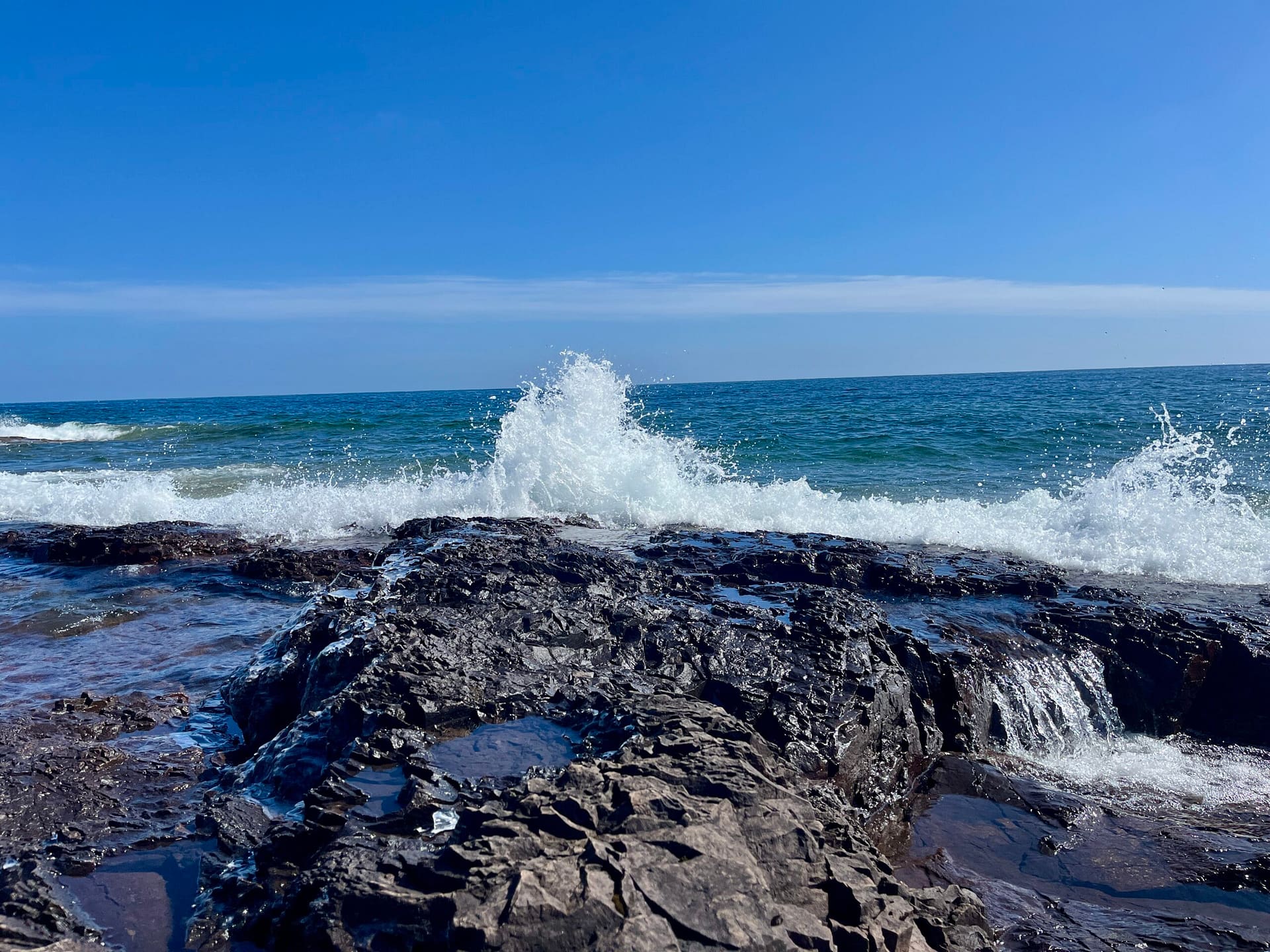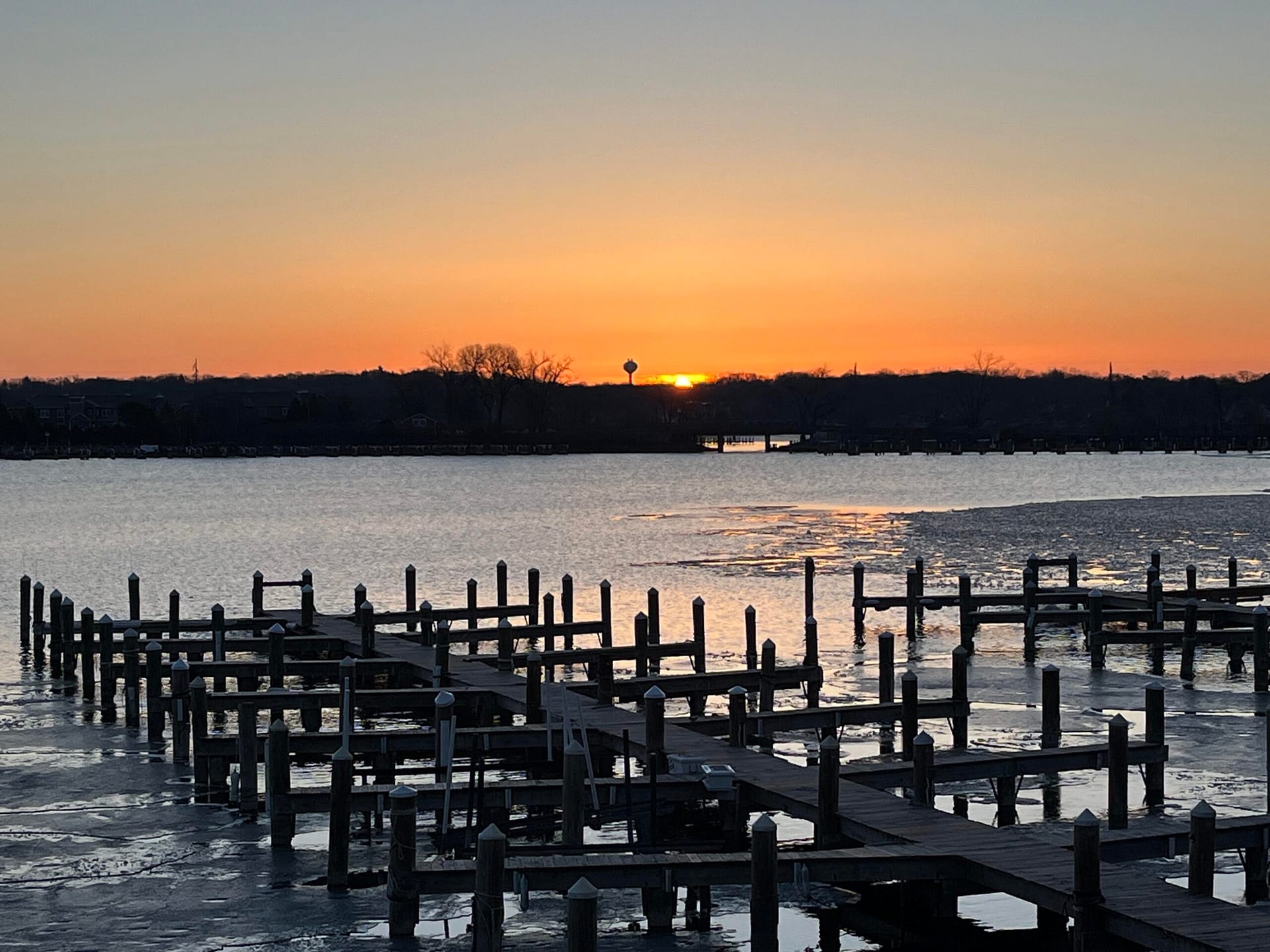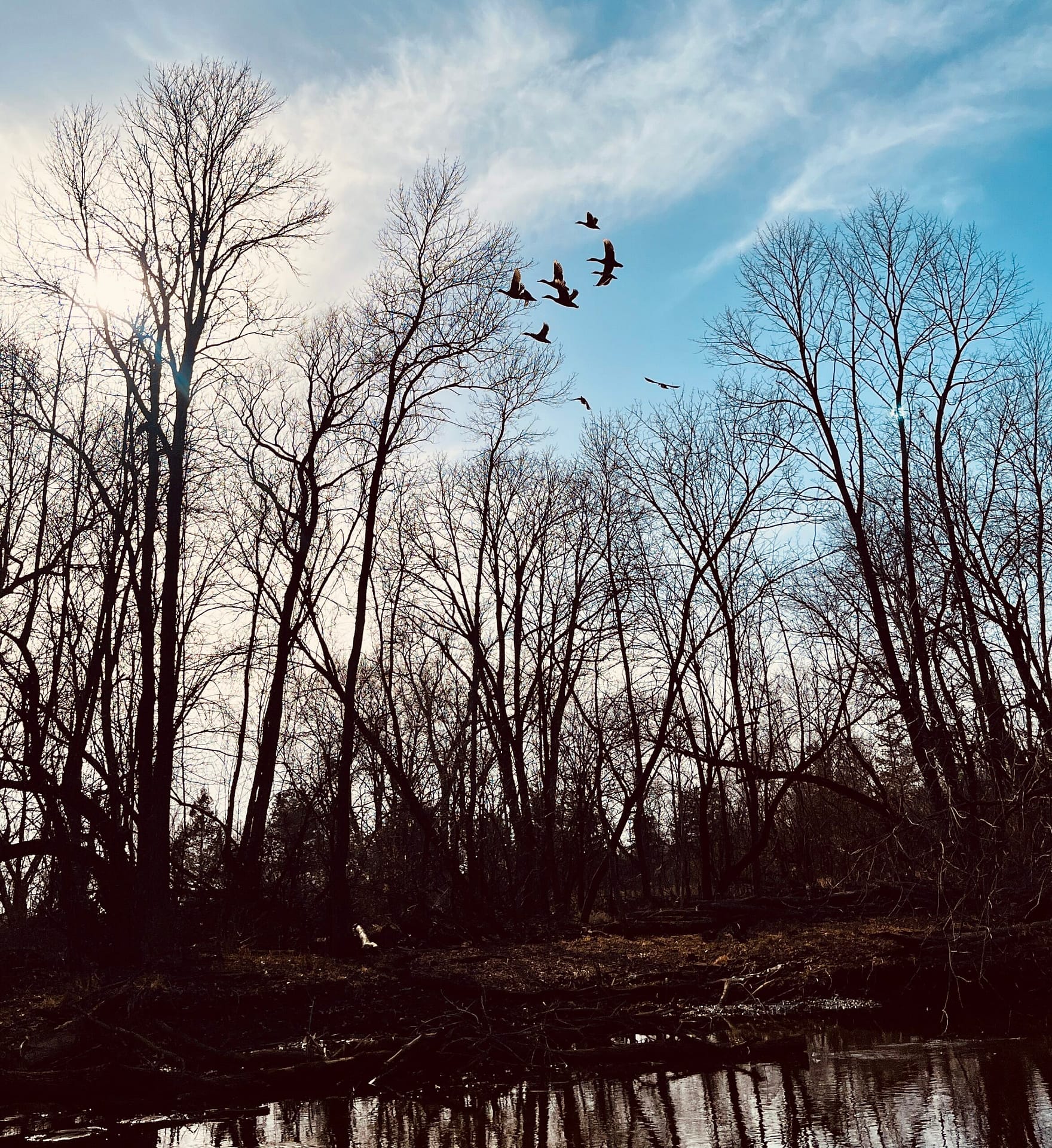Have you heard of forest bathing and wondered why it’s good for you? Forest bathing, or the practice of immersing your senses in nature, is a quiet, meditative experience that helps reconnect you with the natural world. Known as Shinrin-yoku in Japan, this practice involves engaging all five senses—sight, sound, touch, smell, and even taste—while slowly exploring a forest environment.
The result? A deeply calming experience that has been shown to reduce stress, improve mental clarity, and enhance overall well-being. Let’s explore why this nature immersion therapy is gaining global popularity.
What is Shinrin-yoku?
Shinrin-yoku, which translates to “forest bathing,” originated in Japan in the 1980s as a response to rising stress and health issues associated with urbanization. Researchers have since confirmed its stress-relieving benefits, making it an integral part of Japan’s preventative healthcare. The practice emphasizes mindfulness and sensory awareness, allowing participants to deepen their connection with nature.
Unlike a brisk hike or an energetic walk, forest bathing is slow and deliberate. Whether done solo or with a certified guide, Shinrin-yoku encourages participants to unplug, breathe deeply, and fully immerse themselves in the sights, sounds, and smells of the forest.

My First Forest Bathing Experience
As someone who loves nature walks and woodland exploration, I was intrigued by forest bathing. While I typically use my phone to take notes or snap photos during hikes, Shinrin-yoku has one strict rule: no technology. This practice emphasizes complete disconnection from digital distractions to foster a deeper connection with nature.
Though initially hesitant, I decided to follow the recommended steps for my first 70-minute session:
1. Turn off technology. Silence all devices to avoid interruptions.
2. Move slowly. Let go of the urge to rush.
3. Breathe deeply. Allow the fresh forest air to fill your lungs.
4. Engage your senses. Notice the sights, sounds, and smells around you.
5. Sit quietly. Avoid thinking about daily worries or to-do lists.
Immersed in the Forest
When I entered the woods, I was struck by the golden rays of sunlight streaming through the trees. I slowed my pace, noticing small details I often missed during regular walks: acorns scattered on the ground, delicate spider webs glistening in the light, and the gentle rustling of leaves overhead.
I paused by a fallen tree, closed my eyes, and let the forest sounds wash over me. The chirping of birds became more distinct. I could identify three different bird calls. As I opened my eyes, I noticed a flock of birds moving through the branches, their vibrant feathers blending harmoniously with the greenery. For the first time in a long while, I felt truly present.
The Benefits of Forest Bathing
Forest bathing is more than a peaceful escape—it’s a practice with proven health benefits. Research shows that Shinrin-yoku can:
• Lower cortisol levels, reducing stress and anxiety.
• Boost immune function by increasing the activity of natural killer (NK) cells.
• Enhance mental clarity and focus.
• Improve blood flow and cardiovascular health.
• Promote better sleep and reduce chronic pain.
Spending time in nature has profound effects on both the body and mind, making it an essential practice for anyone seeking work-life balance or relief from urban stress.
A Life-Changing Practice
Since my first forest bathing experience, I’ve made it a regular part of my routine. Each session leaves me feeling calmer, more centered, and more connected to the world around me. As naturalist John Muir once said, “In every walk with nature, one receives far more than he seeks.”
If you’re curious about forest bathing, give it a try. Whether you explore a local park or venture into a nearby forest, remember to slow down, unplug, and fully immerse yourself in nature’s embrace.
Start your journey today—your mind and body will thank you.
Looking for more ways to connect with nature and improve your well-being? Check out other posts on Nature on My Mind for tips on nature therapy, mindful walking, and the healing power of the outdoors.


